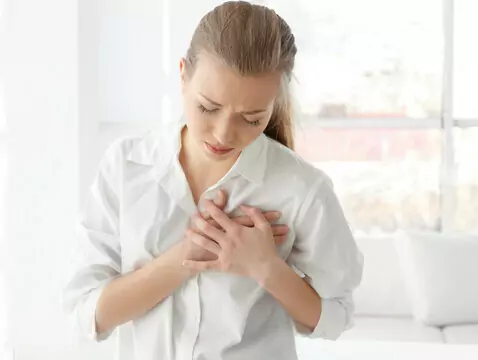
Atrial fibrillation: new findings on the extent of the problem
Atrial fibrillation is one of the most common heart rhythm disorders, affecting millions of people worldwide. A new study by researchers at the University of California, San Francisco, reveals that...
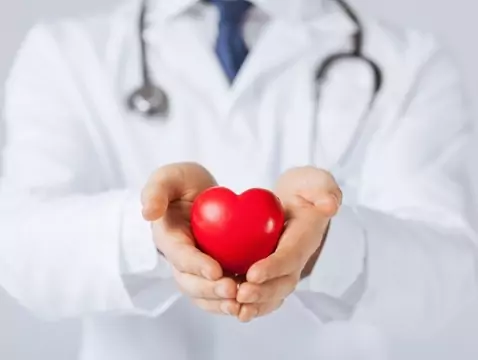
Energy drinks and cardiac disorders in people with genetic heart disease
Consumption of energy drinks may increase the risk of cardiac arrhythmias in people with genetic heart disease. This was the conclusion reached by the authors of a study, the results of which were...

What to do when your heart beats erratically?
What are heart rhythm disturbances? When are they dangerous and when are they not?
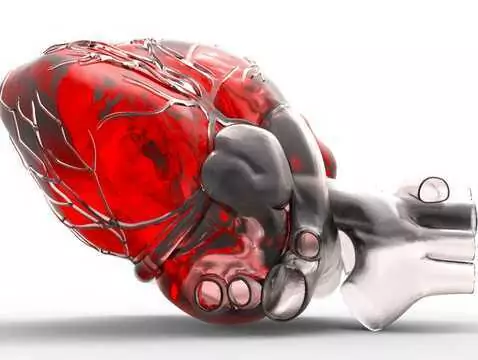
Torsade de pointes - what is it?
Cardiac arrhythmia, arrhythmia, atrial fibrillation - not one of us has probably come across these terms. Approximately 1% of the general population suffers from atrial fibrillation. What is torsade...
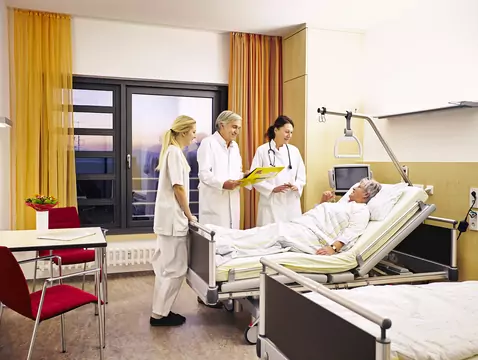
Diet after heart surgery
Any surgical procedure, including cardiac surgery, is a very heavy burden on the body. It requires an in-depth diagnostic procedure and a well-balanced diet to ensure the patient's quick return to...
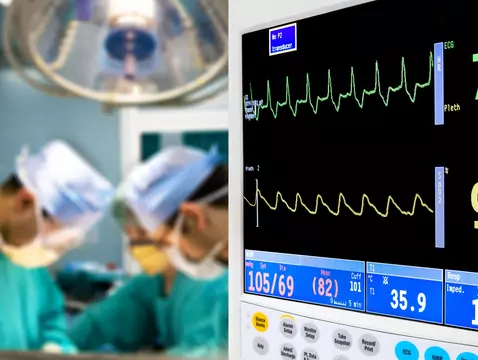
Implantation of a pacemaker
In the case of patients who suffer from very strong changes in heart rate, detailed examinations and treatment are necessary. This refers to an excessive slowing down of the heart muscle (expertly...
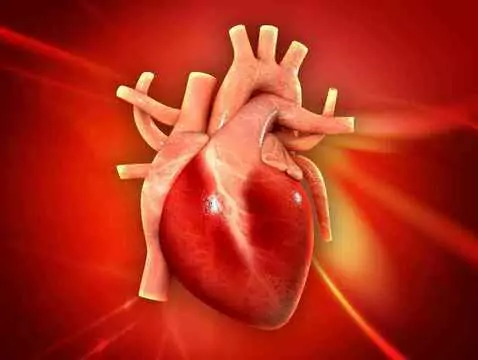
What is an artificial heart-lung?
The advice consists of: Introduction to the advice, The purpose of extracorporeal circulation, Construction of the artificial lung-heart. The knowledge of detailed facts about human anatomy,...
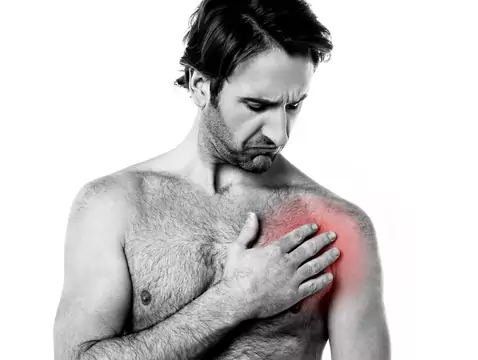
Everything we know today about pacemakers
A pacemaker, is also called a cardiac pacemaker (cardiostimulator) and can be used in patients temporarily (it is responsible for stimulation in emergency and dangerous situations) or permanently...
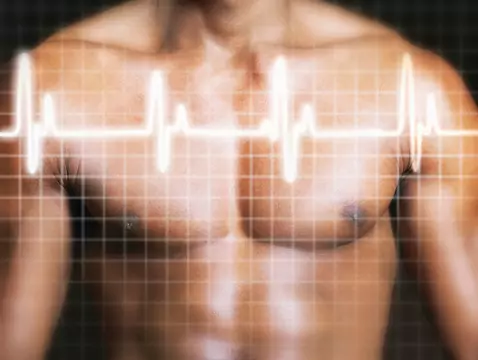
Myocardial infarction and stent implantation
Amyocardial inf arction (commonly referred to as a heart attack), is a necrosis involving a given area of the heart, resulting from complete or very extensive occlusion of a coronary vessel...
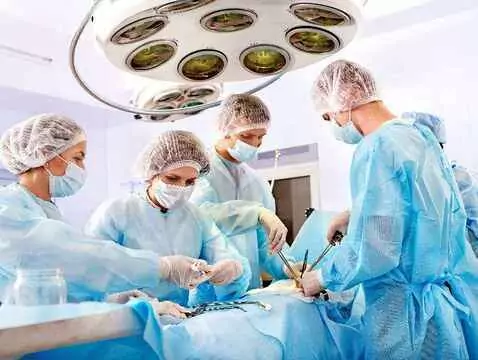
What do we know about stents today?
Astent, is defined as a small coiled 'spring' that is placed inside a blood vessel to restore patency.
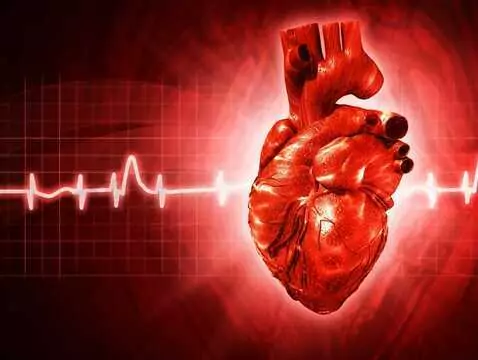
How does the pacemaker work?
In a healthy heart, the function of the pacemaker is performed by the sinus node, which generates an electrical impulse. The conduction system consists of the atrioventricular node, the His bundle...


